- Backwards design – choosing content that aligns with your learning objectives
- Universal Design for Learning – choosing content that optimizes learning based on the science of how people learn
- Adaptive courseware – packaging your course in an online platform that allows students to take diagnostic and formative quizzes and to perform practice activities and complete homework assignments. These systems also allow you to track student use of the platform and performance in your class.
Defining the “Open” in Open Contentand Open Educational Resources
The terms “open content” and “open educational resources” describe any copyrightable work (traditionally excluding software, which is described by other terms like “open source”) that is either (1) in the public domain or (2) licensed in a manner that provides users with free and perpetual permission to engage in the 5R activities:
- Retain – the right to make, own, and control copies of the content (e.g., download, duplicate, store, and manage)
- Reuse – the right to use the content in a wide range of ways (e.g., in a class, in a study group, on a website, in a video)
- Revise – the right to adapt, adjust, modify, or alter the content itself (e.g., translate the content into another language)
- Remix – the right to combine the original or revised content with other material to create something new (e.g., incorporate the content into a mashup)
- Redistribute – the right to share copies of the original content, your revisions, or your remixes with others (e.g., give a copy of the content to a friend)
This material is based upon original writing by David Wiley and published freely under a Creative Commons Attribution 4.0 license at http://opencontent.org/definition/.
Understanding the licensing of OER
Creative Commons licenses allow you to retain, reuse, revise, remix, and redistribute works made by others. The creators choose to share their work with the world, but not all of them grant fully open rights to their work. This is why understanding what the various CC licenses mean when you are choosing OER content for your classes.
 |
BY | Attribution | All of the licenses include this condition.
|
6 of 6 CC licenses |  |
 |
ND | No derivatives | Reusers cannot share adaptions of the work. | 2 of 6 CC licenses | 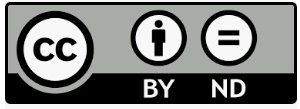
|
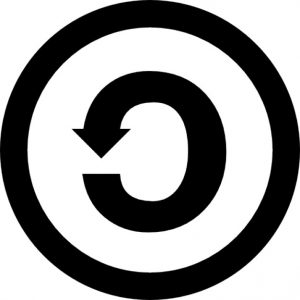 |
SA | Share Alike | Adaptions based on this work must be licensed under the same license. | 2 of 6 CC licenses | 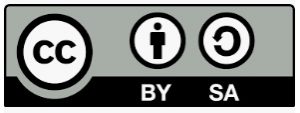
|
 |
NC | Non-commercial | The work is only available to be used for non-commercial purposes. | 3 of 6 CC licenses | 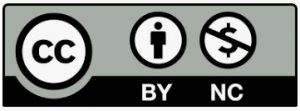 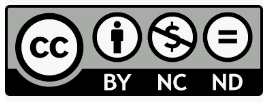 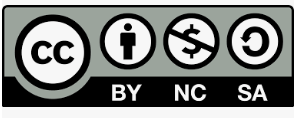 |
The Licenses
![]()
Attribution
CC BY
This license lets others distribute, remix, tweak, and build upon your work, even commercially, as long as they credit you for the original creation. This is the most accommodating of licenses offered. Recommended for maximum dissemination and use of licensed materials.
![]()
Attribution-ShareAlike
CC BY-SA
This license lets others remix, tweak, and build upon your work even for commercial purposes, as long as they credit you and license their new creations under the identical terms. This license is often compared to “copyleft” free and open source software licenses. All new works based on yours will carry the same license, so any derivatives will also allow commercial use. This is the license used by Wikipedia, and is recommended for materials that would benefit from incorporating content from Wikipedia and similarly licensed projects.
![]()
Attribution-NoDerivatives
CC BY-ND
This license allows for redistribution, commercial and non-commercial, as long as it is passed along unchanged and in whole, with credit to you.
![]()
Attribution-NonCommercial
CC BY-NC
This license lets others remix, tweak, and build upon your work non-commercially, and although their new works must also acknowledge you and be non-commercial, they don’t have to license their derivative works on the same terms.
![]()
Attribution-NonCommercial-ShareAlike
CC BY-NC-SA
This license lets others remix, tweak, and build upon your work non-commercially, as long as they credit you and license their new creations under the identical terms.
![]()
Attribution-NonCommercial-NoDerivatives
CC BY-NC-ND
This license is the most restrictive of our six main licenses, only allowing others to download your works and share them with others as long as they credit you, but they can’t change them in any way or use them commercially.
